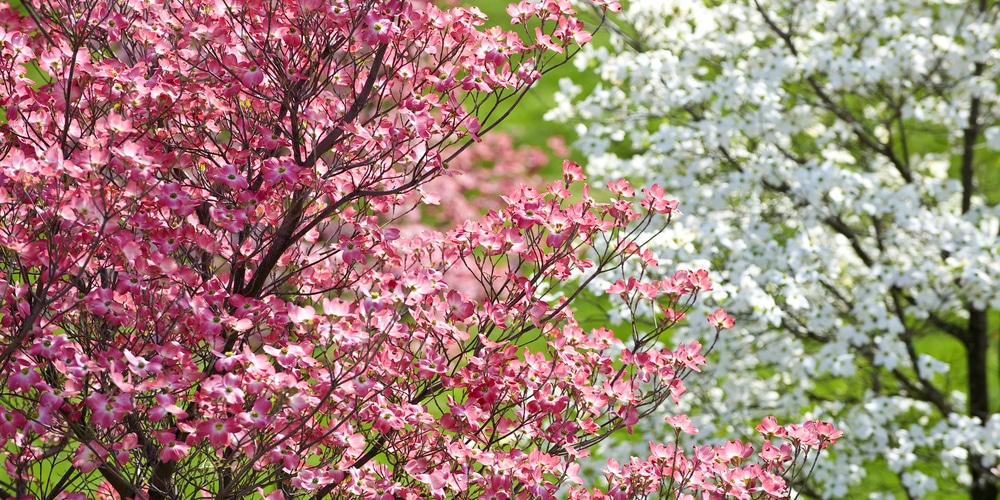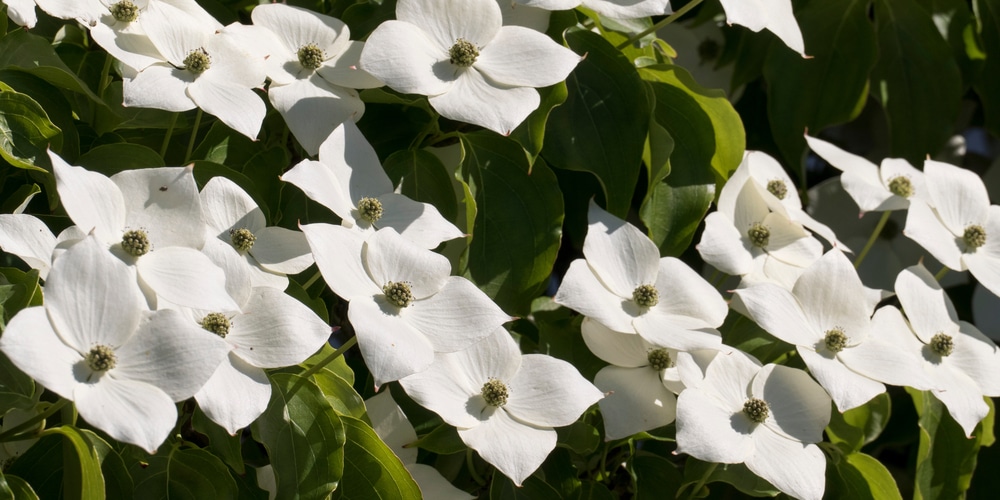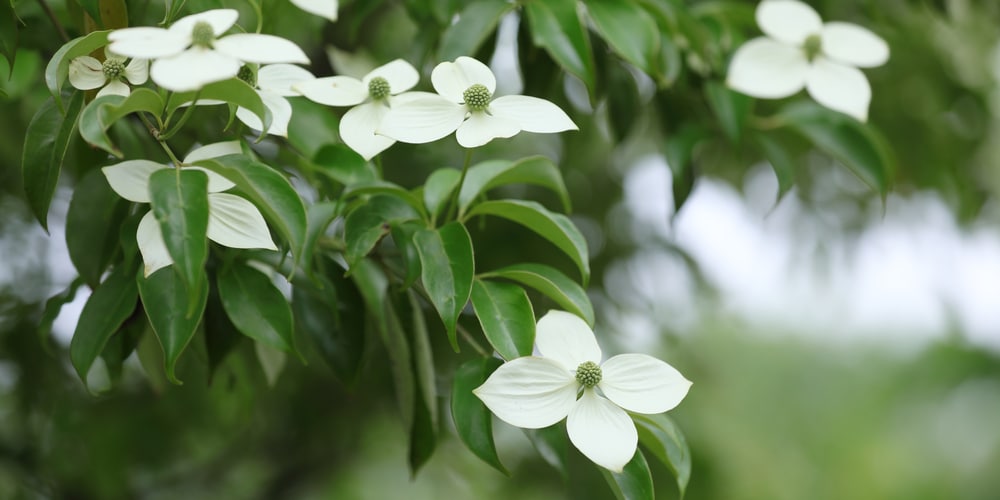Dogwoods are among the many attractive trees and shrubs that you will find almost everywhere in states in USDA zones 4 and 10. Many gardeners love and grow them because they offer an unmatched beauty throughout the four seasons. You may be wondering whether you can grow a Dogwood tree in Kentucky.
However, the most attractive season of dogwood is when they produce pink or white bracts, signifying the arrival of the long-awaited spring season.
If you are a Kentucky resident and wish to add some colorful shrubs or short plants to your yard or garden, choosing to plant dogwood is a great decision. These lovely flowering plants grow faster, and you will not have to wait too long for them to start producing flowers.
Well, as a new dogwood gardener, it is extremely important to know how to plant these flowering plants and when they will bloom in Kentucky. Read on to find answers to your few questions concerning dogwood trees in Kentucky.
Dogwood trees in Kentucky: Blooming habits

Kentucky lies in USDA planting zone 6, with a small portion falling on planting zone 7a, and experiences spring from late March to May. The season is usually introduced by a change in color of some leaves and the appearance of beautiful bracts and flowers on several hardy perennials.
You will also notice overwintered crops producing shoots. These are clear indicators that the soil is warming up, and gardeners need to start getting busy with soil.
Whether you observe keenly or not, your eyes will not miss seeing white or pink dogwood bracts in the yards and woods scattered all over Kentucky.
The dogwoods bloom in all seasons, but the most recognized blooms are those that come in spring. The characteristic of being able to add color to your yard throughout the year makes most gardeners prefer dogwood over other flowering trees and perennial shrubs. Even though it is a small tree, its impact on yards and gardens is significant.
Here is what to expect from dogwoods for the four-year seasons.
1. Spring
In spring, you will see dogwoods produce blooms somewhere between the end of March and mid-May. These blooms can last for about three or four weeks. The flowers produced by dogwood trees are large and single, while those produced by shrubs are small and appear in the form of clusters.
2. Summer
In summer, dogwoods add color to your yard by turning their leaves to glossy green with white and yellow variegation. This happens in both trees and shrubs.
3. Fall
At this time, the flowers of your dogwoods will have turned to attractive berries that are visited and fed on by birds through the autumn and winter season.
The color of the barriers varies greatly depending on the variety planted. The trees produce large single berries, while shrubs produce small clusters of berries just like they do with flowers.
4. Winter
When almost every other plant is dormant in winter, dogwood trees beautify your yard by turning their bark and branches to appear scale-like.
For the long-season varieties, the fall purple-like berries might extend to winter and enhance the unique appearance of the scale textured bark and branches. For shrubs, their stems appear in varied colors during winter. You may find some with shades of yellow, coral, red, or orange. All these shades add wonderment to your garden and yard.
How to plant dogwoods
Dogwoods should be planted in spring when the soil is still moist and before other trees start to grow. As for planting, select a spot that receives medium sun or is partially shaded; dogwoods don’t need a lot of sunlight, meaning they can thrive in shaded areas.
You can also plant the dogwoods understorey, and they do well. Incorporate organic manure in your soil to enhance fertility and drainage before planting.
Here are a few steps you can consider when planting dogwood trees or shrubs
- Make extra wide holes to give room for the roots to spread.
- When planting, make sure the root flare is above the ground. Avoid planting too deep.
- If getting transplants from containers, first loosen their root balls to prevent them from continuing to grow in a circular shape.
- If you use bare root dogwoods, soak them in a bucket of water before planting.
- Add a berm of soil around the root ball’s outer edge to help hold adequate water.
Dogwood tree Kentucky: Conclusion
Planting dogwood is one of the easiest ways to add color and beauty to your Kentucky garden or yard. They are low-maintenance shrubs and short trees that bloom in spring.
However, the dogwood will have variations of beauty to give your environment color. From flowers to leaf color change, t
hen purple berries and lastly change in branches and barks.
All this gives you a good reason to go ahead and plant dogwood in Kentucky.
Related article: Do Dogwoods Need Full Sun?

